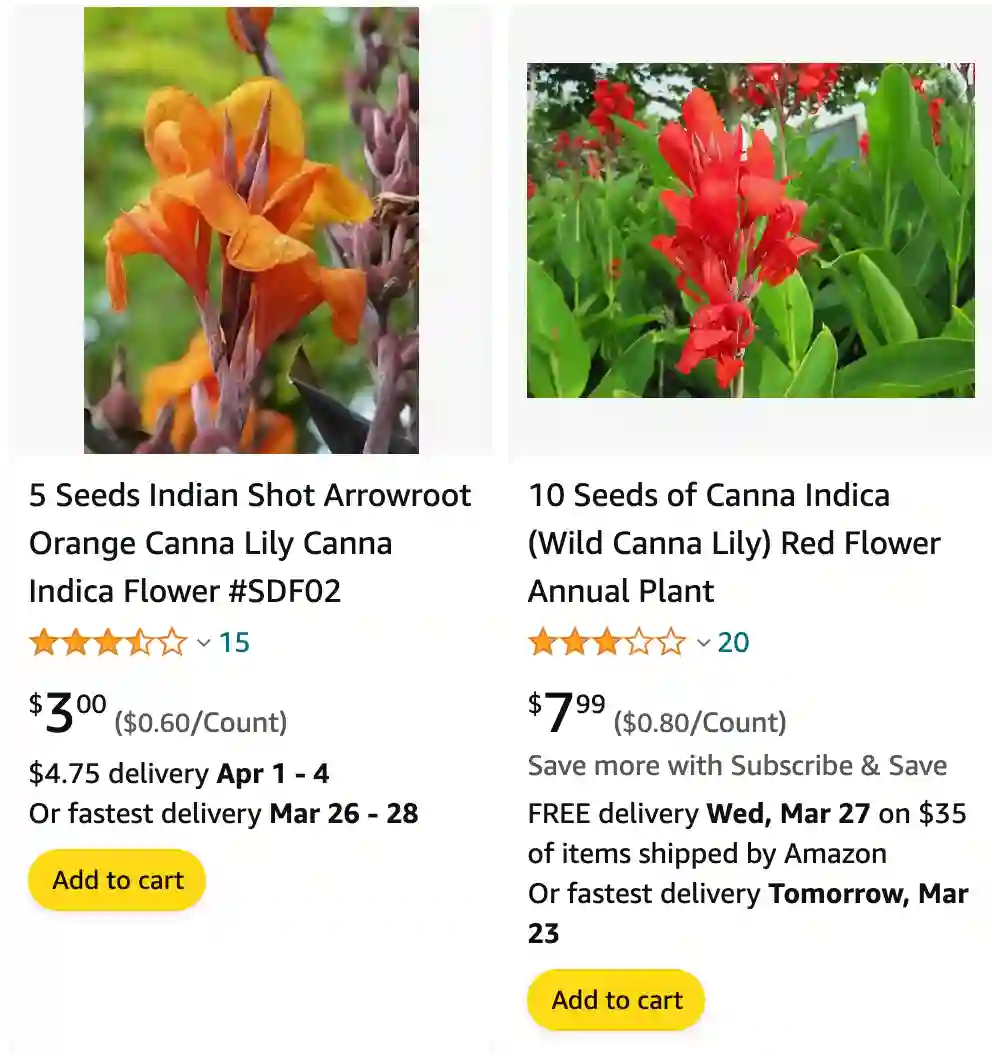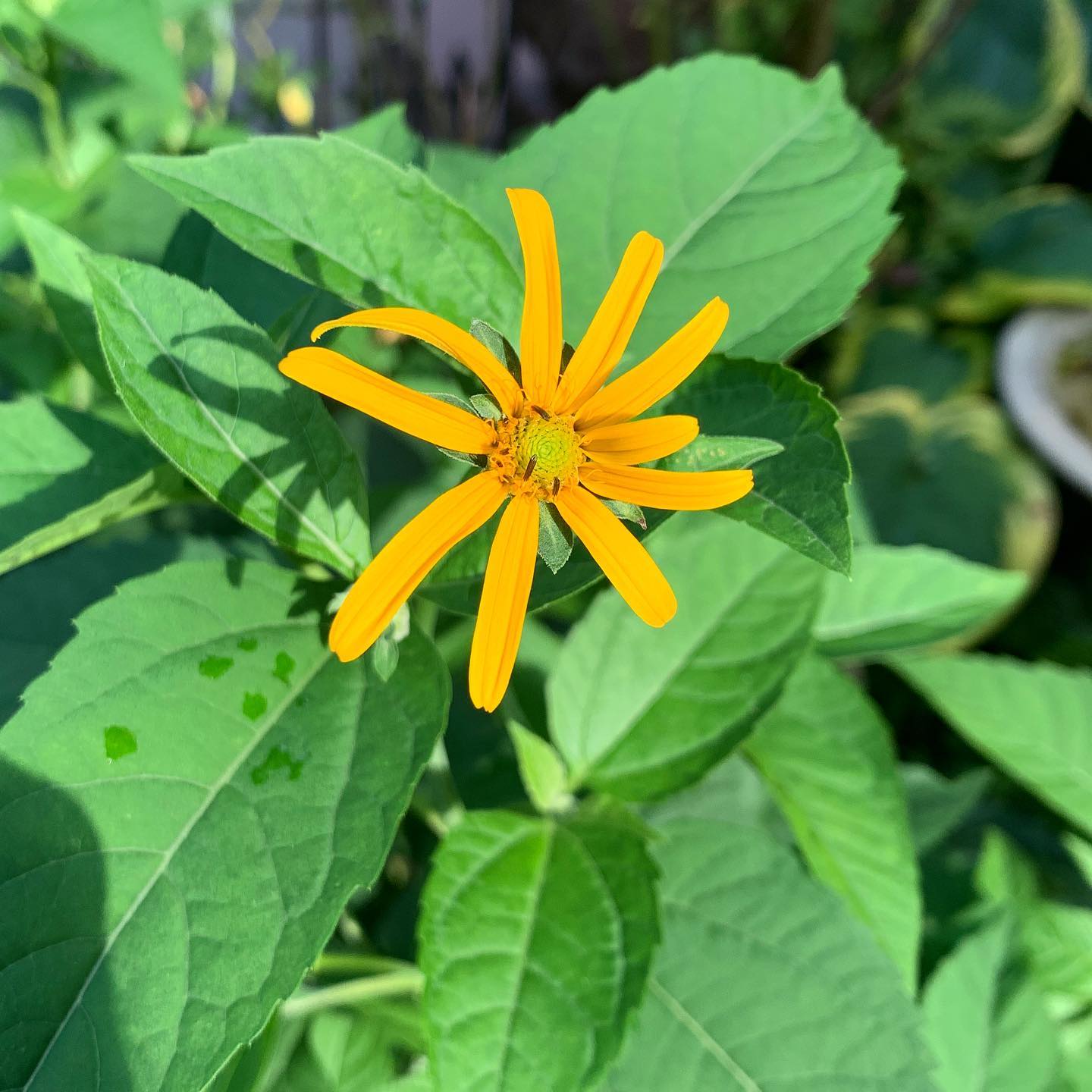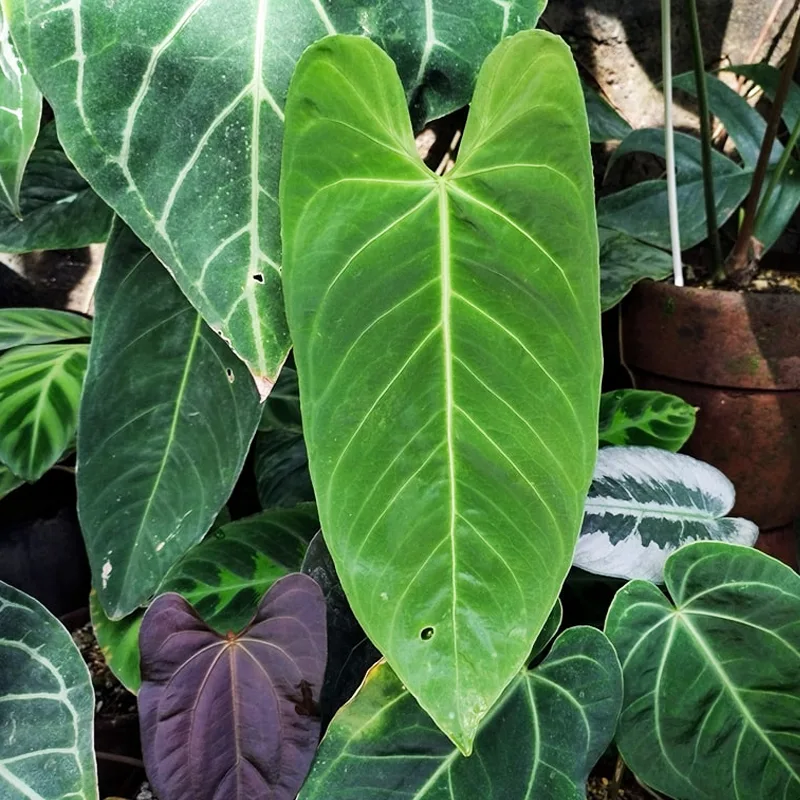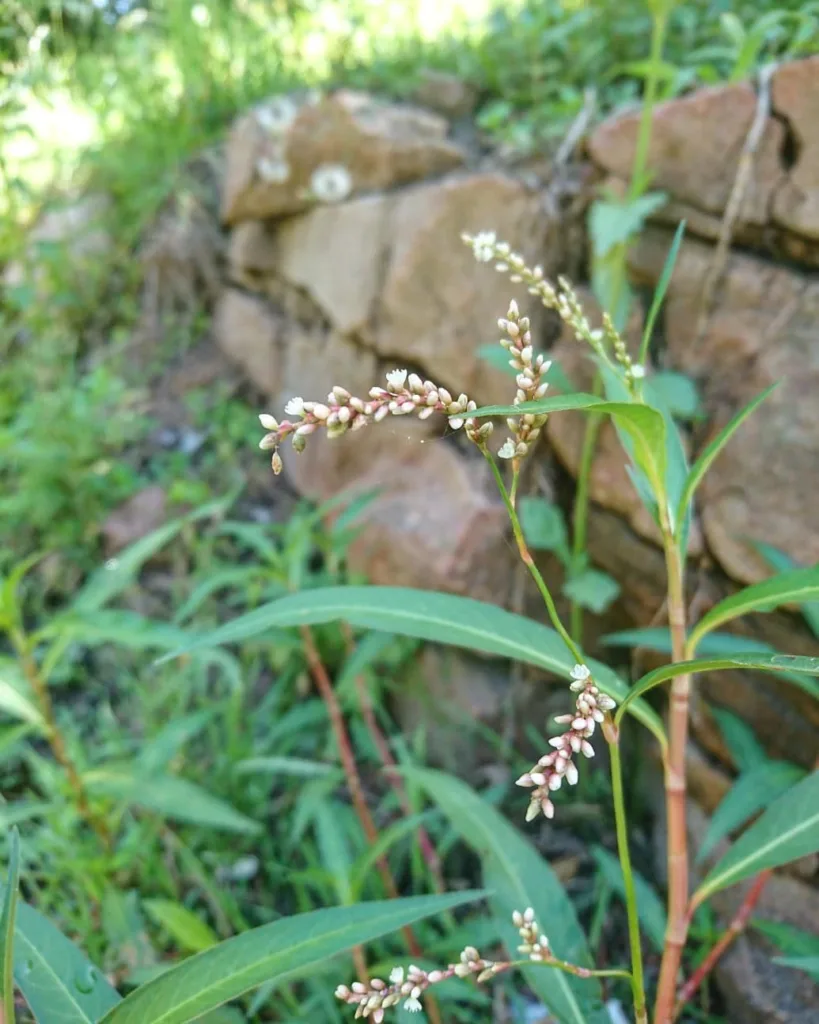
FAQs About Canna Discolor: A Comprehensive Guide
As a plant enthusiast, I’ve had my fair share of experiences with various species, and Canna Discolor is one that has really caught my attention. This plant is a stunning addition to any garden with its striking foliage and unique characteristics. Here’s a detailed FAQ guide based on my personal experiences and observations.
Plant Family: Cannaceae – 12 Species in Genus Canna
What Is Canna Discolor?
Canna Discolor, a synonym of Canna Indica, is a species of canna native to Central and South America. It’s renowned for its vibrant, tropical appearance and ornamental value. Unlike the more commonly known Canna Lily, Canna Discolor is notable for its large, glossy leaves that can range from green to a deep bronze color. The plant can grow up to 5 feet tall, making it a standout feature in any garden.
Is Canna indica a lily?
Canna indica isn’t actually a lily, although it’s often called a Canna lily. It belongs to the Cannaceae family, which is different from true lilies that belong to the Liliaceae family. Despite this, the vibrant and striking flowers of Canna indica do give a similar dramatic effect in the garden, which might be why people sometimes confuse the two.
Is Canna indica edible?
Yes, Canna indica is edible. The rhizomes, or underground stems, are particularly known for being a food source. They can be boiled or baked like potatoes. Personally, I’ve tried them boiled and found that they have a mild, starchy taste, somewhat like a mix between a potato and a sweet potato. They’re also rich in starch, making them quite filling.
How to Care for Canna Discolor?
Caring for Canna Discolor is relatively straightforward, but there are some key considerations to keep in mind. Here’s what I’ve learned:
- Light Requirements: Canna Discolor thrives in full sun to partial shade. It needs at least 6 hours of direct sunlight each day to flourish and develop its vibrant colors.
- Watering: This plant prefers consistently moist soil but is not overly fond of waterlogged conditions. I find that watering it once a week works well, especially during dry spells. Ensure the soil has good drainage to prevent root rot.
- Soil: Well-draining soil is essential for Canna Discolor. I use a mix of garden soil, compost, and sand to achieve the right texture. The pH should be slightly acidic to neutral.
- Temperature: It prefers warm temperatures and is not frost-tolerant. In colder regions, I recommend digging up the rhizomes and storing them indoors during winter.
- Fertilization: I fertilize my Canna Discolor with a balanced, water-soluble fertilizer every 4-6 weeks during the growing season. This helps promote vigorous growth and vibrant foliage.
How to Propagate Canna Discolor?
Propagation of Canna Discolor is quite simple and can be done through rhizome division. Here’s the process I follow:
- Timing: The best time to divide rhizomes is in the spring, just as new growth starts.
- Method: Carefully dig up the plant and separate the rhizomes with a clean, sharp knife. Ensure each division has at least one growth bud.
- Replanting: Replant the divided rhizomes in well-prepared soil, and water thoroughly. Keep them in a warm, sunny spot until they establish new growth.
What to Plant with Canna Discolor?
Canna Discolor pairs well with various plants that complement its bold foliage. Here are a few combinations I’ve had success with:
- Ornamental Grasses: Varieties like Pennisetum setaceum add texture and contrast nicely with the large, glossy leaves of Canna Discolor.
- Tropical Plants: Plants like Alocasia and Colocasia enhance the tropical look and thrive in similar conditions.
- Flowering Companions: Planting with bright, colorful flowers such as Petunias or Marigolds can create a vibrant, eye-catching display.
Is Canna Discolor Toxic?
One of the concerns I’ve had with Canna Discolor is its toxicity. Fortunately, this plant is non-toxic to both humans and pets. It’s a safe choice for gardens where children or animals are present.
Benefits of Canna Discolor
Canna Discolor offers several benefits beyond its aesthetic appeal:
- Low Maintenance: It’s relatively easy to care for, making it a good choice for both novice and experienced gardeners.
- Attracts Wildlife: The plant can attract pollinators such as bees and butterflies, enhancing the biodiversity of your garden.
- Versatile Use: It works well in various garden settings, including borders, containers, and tropical-themed gardens.
Common Problems with Canna Discolor
Despite its many positives, Canna Discolor can face a few issues:
- Pests: Watch out for aphids and spider mites, which can occasionally infest the plant. Regular inspection and treatment with insecticidal soap can help manage these pests.
- Diseases: Fungal diseases like leaf spot and powdery mildew can affect Canna Discolor. Ensure good air circulation and avoid overhead watering to reduce the risk.
- Bulb Rot: Poor drainage can lead to bulb rot. Make sure the soil is well-drained and avoid overwatering.
Comparing Canna Discolor with Similar Plants
Canna Discolor is often compared to other ornamental cannas, such as Canna indica and Canna ‘Tropicana’. Here’s a quick comparison based on my observations:
- Canna indica: While similar in general appearance, Canna indica typically has more colorful flowers and is less notable for its foliage.
- Canna ‘Tropicana’: This hybrid is known for its vibrant, multicolored foliage but does not reach the same height as Canna Discolor.
In summary, Canna Discolor is a beautiful and versatile plant that can enhance any garden. Its bold foliage, ease of care, and minimal toxicity make it a great choice for many garden enthusiasts. By following the care tips and considering its benefits and potential problems, you can enjoy a thriving Canna Discolor in your garden for years to come.
If i die, water my plants!



